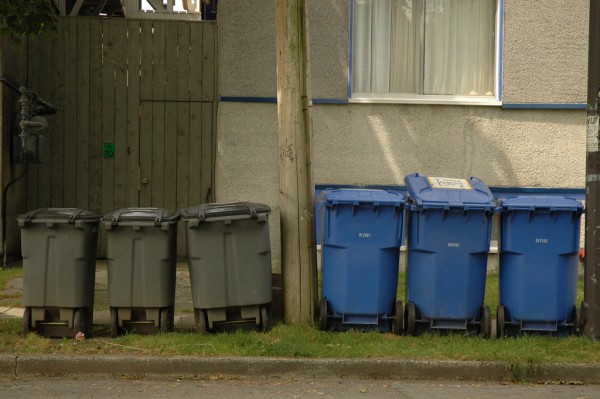 |
| simple to install, begin using within minutes |
A few weeks ago, Our Daily Green asked, "Can you do laundry with just water and oxygen?" and we wanted to review the pureWash Pro laundry system.
We were intrigued by the premise that you could clean your clothing without any soap or detergent, but admittedly skeptical.
We eagerly set up our pureWash Pro within minutes. We simply had to mount the system to the wall and attach the water hoses.
We eagerly set up our pureWash Pro within minutes. We simply had to mount the system to the wall and attach the water hoses.
When we first started the system, we were greeted with a "WHOOSH" sound as the cold water was infused with oxygen. We added our first load and waited eagerly for the results. What was really fascinating was the fresh scent filling the laundry room. It smelled just like the air after a rainstorm. My daughter joked that she expected to see earthworms on the ground, because a good rain goes hand in hand with worms on the sidewalk.
But all that aside, DOES pureWash Pro actually clean my laundry? I've been using it for about a month now and my answer is a resounding YES! In fact, I also testify that my husband's t-shirts are much brighter and whiter.
I still have quite a bit of eco-friendly laundry detergent left, so I've been adding a small amount (as recommended) to the especially dirty loads of laundry. I am positively delighted with the results! When I know that hospitals and hotels use pureWash Pro for their linens, I am confident it's going to work in my house as well.
I love that the system uses only cold water and the great rain shower scent that occurs from the naturally oxygenated water. It's also a great alternative to harsh soaps or detergents. Fabric can retain up to 2% of its original weight in residue after laundering. That residue sits next your skin in all your clothing and can be a source of allergic reactions and discomfort. In our quest to stop itching, we've discovered one product after another that will reduce our exposure to chemicals. In that same vein, there is also a diverter on the pureWash Pro to use the oxygenated water for household cleaning. What a super idea!
For additional laundry tips, we recommend drying racks or if you are using a dryer, wool dryer balls. We've about mastered the art of cleaning our clothing in the most earth-friendly way possible.
Our Daily Green is proud to work with pureWash and gives this system our highest possible endorsement. As a disclaimer, we were provided the system free of charge in exchange for our honest opinion. We would never endorse a product that didn't live up to our expectations.
Thank you again, pureWash!



